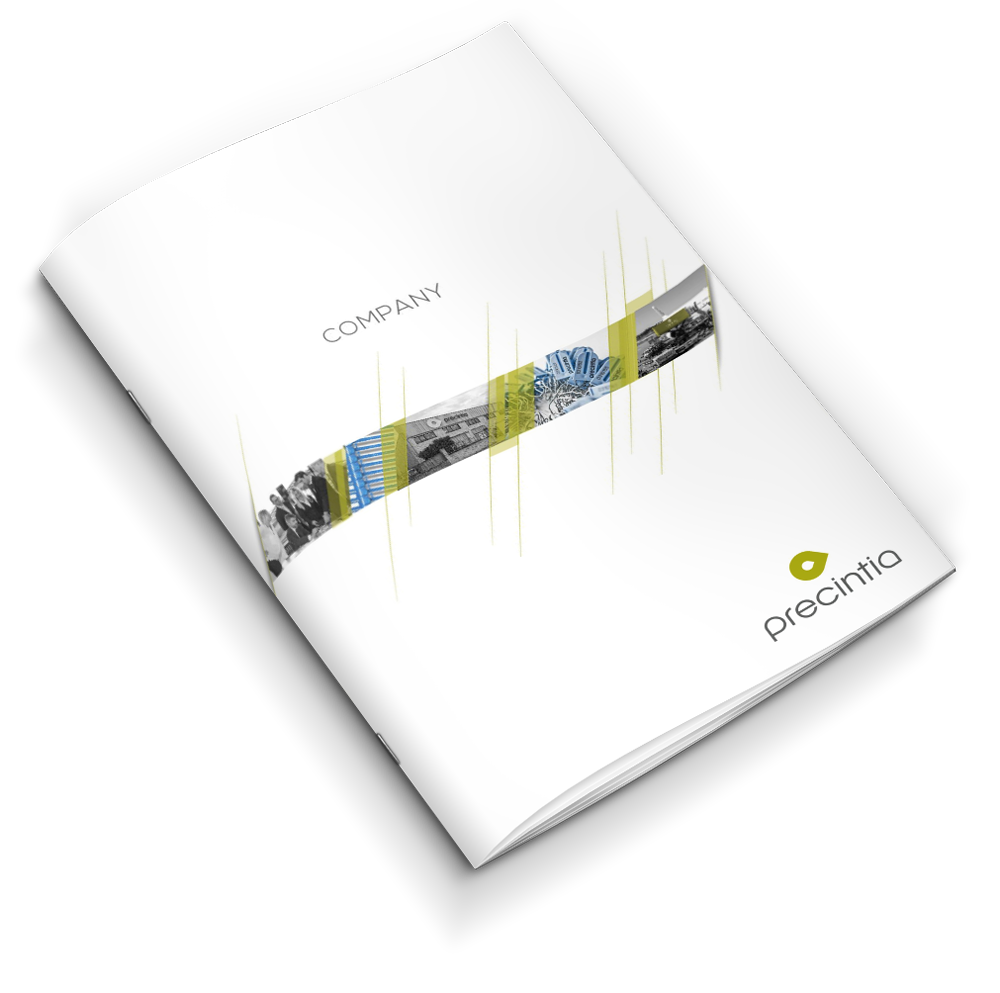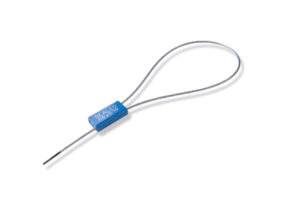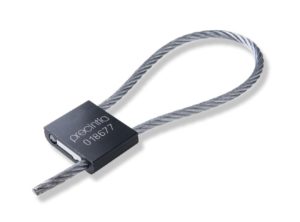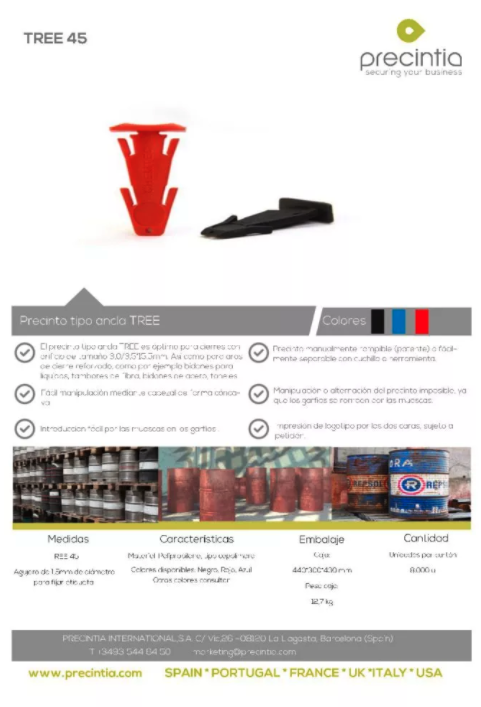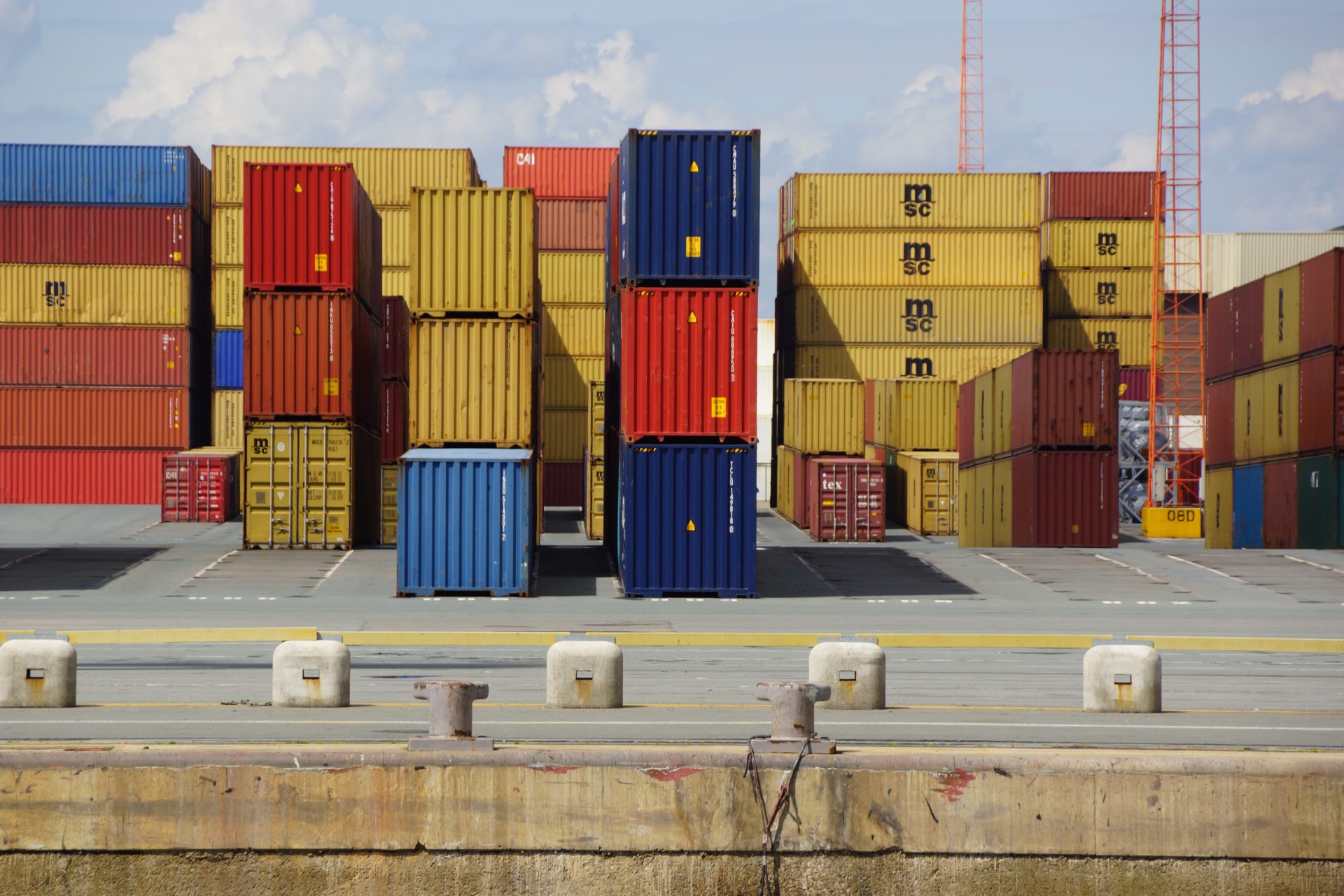This website uses cookies so that we can provide you with the best user experience possible. Cookie information is stored in your browser and performs functions such as recognising you when you return to our website and helping our team to understand which sections of the website you find most interesting and useful.
Blog
Metal security seals: types and selection guide
Metal security seals form an essential group within the classification of passive security systems. When we evoke the image of a security seal, it is likely that the first thing that comes to mind is a plastic strap-type seal.
However, plastic seals are too short for those applications that require extra strength and protection. In this case, we will usually choose to use metal seals, which are classified in turn by degrees of security. Let’s review the main types:
Types of metal security seals
How can we achieve maximum resistance to tampering? By using metal security seals, unquestionably. Depending on the metal they are manufactured from, these will provide your application with greater or lesser security. Similarly, there are different metal seal formats for specific uses:
1. Security bolt seals
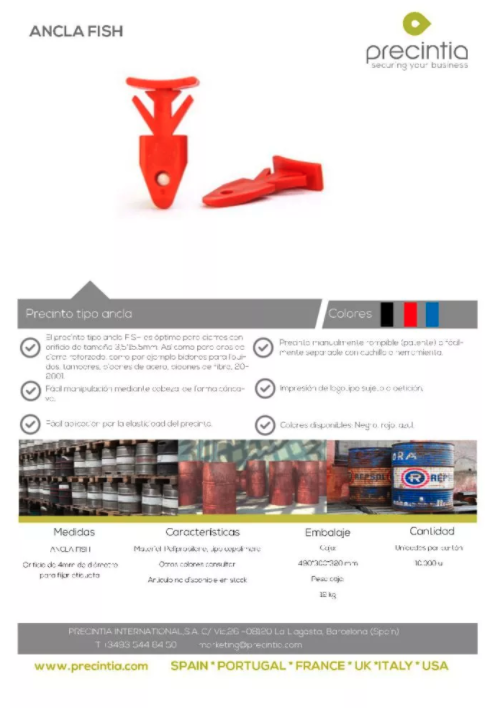
Security bolt-type metal security seals are placed on the doors of the containers normally used in international trade in various ways, the most common being maritime, rail and even road transport (both intermodal and multimodal).
The shaft of the seal is made of carbon steel combined with a high impact polystyrene cap. The metallic seal is covered by ABS plastic, a material which is immune to sudden changes in temperature and contact with abrasive chemicals, while also providing exceptional hardness and rigidity. In order to be authorized by international regulations, these metallic seals must undergo tensile strength tests.
2. Security seals with metal cable
Depending on the thickness of the cable, they will be classified as high security or security. This is determined according to their tensile strength. As described in our article about types of seals according to their level of security, the threshold value of tensile strength for designation as high security is 1019 kg. Then comes the range down to 231 kg tensile strength, which makes up the group of metal security seals.
Some models of security seals with metal cables are part of both groups, for example the F-150 security seal or the F-350 and F-500 high security seals. They all have a braided galvanized steel wire cable combined with an aluminium body.
Its main applications are in goods transport: high security models can be used on maritime containers (to fulfil the same function as bottle types). Metal security seals are also used to secure truck trailers in international road transport of goods, as they come under TIR regulations.
3. Metal indicating seals
Indicating metallic seals, in spite of being simple carriers of information, offer superior resistance to changes of temperature and climatic conditions as compared to seals made of various types of plastic.
These are used in the context of international goods transport with the difference that they usually identify containers, trucks, tankers, wagons, air cargo, etc. when parked or in transit before starting their international journey (at which time the aforementioned security or high security seals will be used). These elements are usually out in the open, so extra robustness is needed compared to simple plastic seals.
There are two main formats for metal indicating seals:
- Ring-type metal seal: the vast majority of these indicating metallic seals are made of aluminium or steel sheet, since this allows them to be moulded in any way with no difficulty. Of course, both the Shipping-Lok model and the Ball Seal have a security device next to the lock to provide evidence of any attempt at tampering.
- Metallic padlock type seal: in the vast majority of cases, this type of metal seal is used in place of a traditional padlock. This format is very widespread in the airline industry, but it is also used for land transport, for marking and insuring perishable and non-perishable products, and in the clinical and hospital area. As an example, take the Precintia Secur Hasp model, with a metallic wire made of galvanized steel and a polypropylene flag. Plastic models are also available.
- Button-type seals: these are used together with a wire in gas and electricity meters and other metering devices. Strictly speaking they do not belong to the category of metal seals, since their body is made of plastic, but a wire cable is needed for their application (supplied together with the seals at the customer’s request). This type of seal replaces the old lead seals.
These are the main metal security seals used today and their basic applications. If you are looking for a specific type of metal seal and are not sure which one to choose, do not hesitate to contact us directly and we will assist you. In addition, if we do not have them in our catalogue, we can design and customize all types of metal security seals. We look forward to hearing from you!
